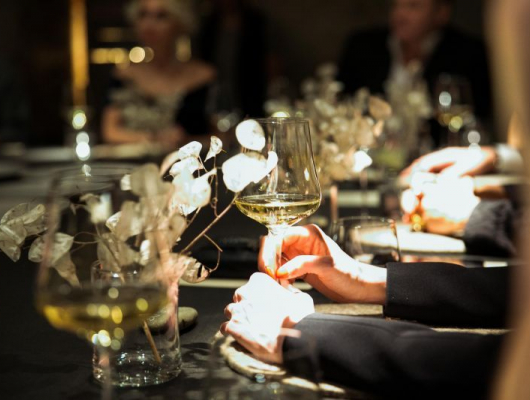Because you can actually eat what’s showcased
A privileged position from where admiring the chef and his team unfolding into an extremely organized kitchen, The Chef’s Table is boosting in popularity among starred restaurants and modern kitchens. It is like catching a show on Broadway or witnessing the opening ceremony of the Olympics Games, where a considerable number of dancers move seamlessly back and forth past each other, without ever colliding: it is a perfectly engineered machine.
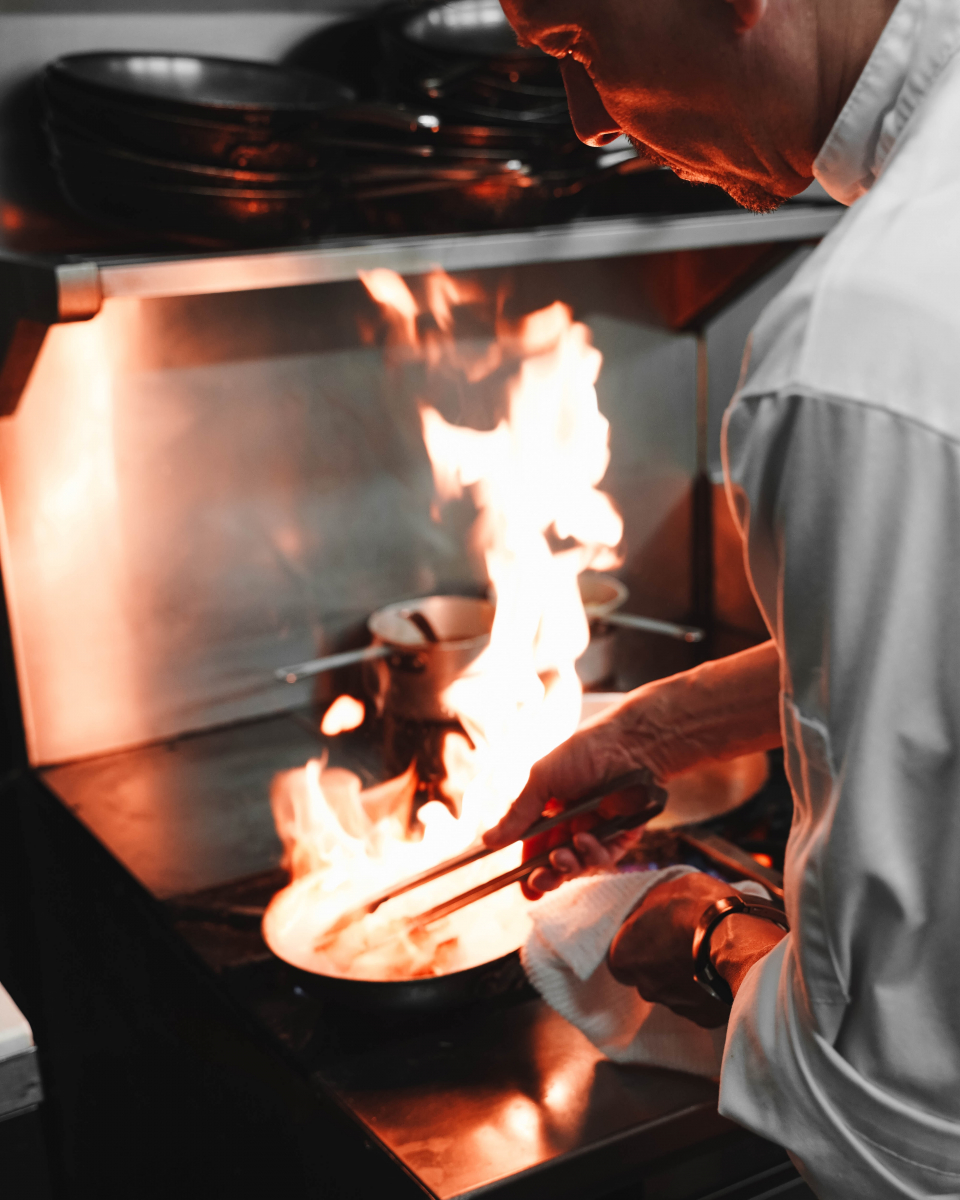
Over the years, the appreciation of fine dining has spread thanks to several dedicated tv shows which have widened the reach and caught the interests of pretty much every person who loves eating.
Closely observing the expert hands of chefs preparing their creative dishes with a state-of-the-art culinary technique is a new-era demand that quickly turned into reality: to satisfy the most obsessed gourmands, The Chef’s Table was invented. For this elite commodity, consider the waiting list to be as great as your expectations.
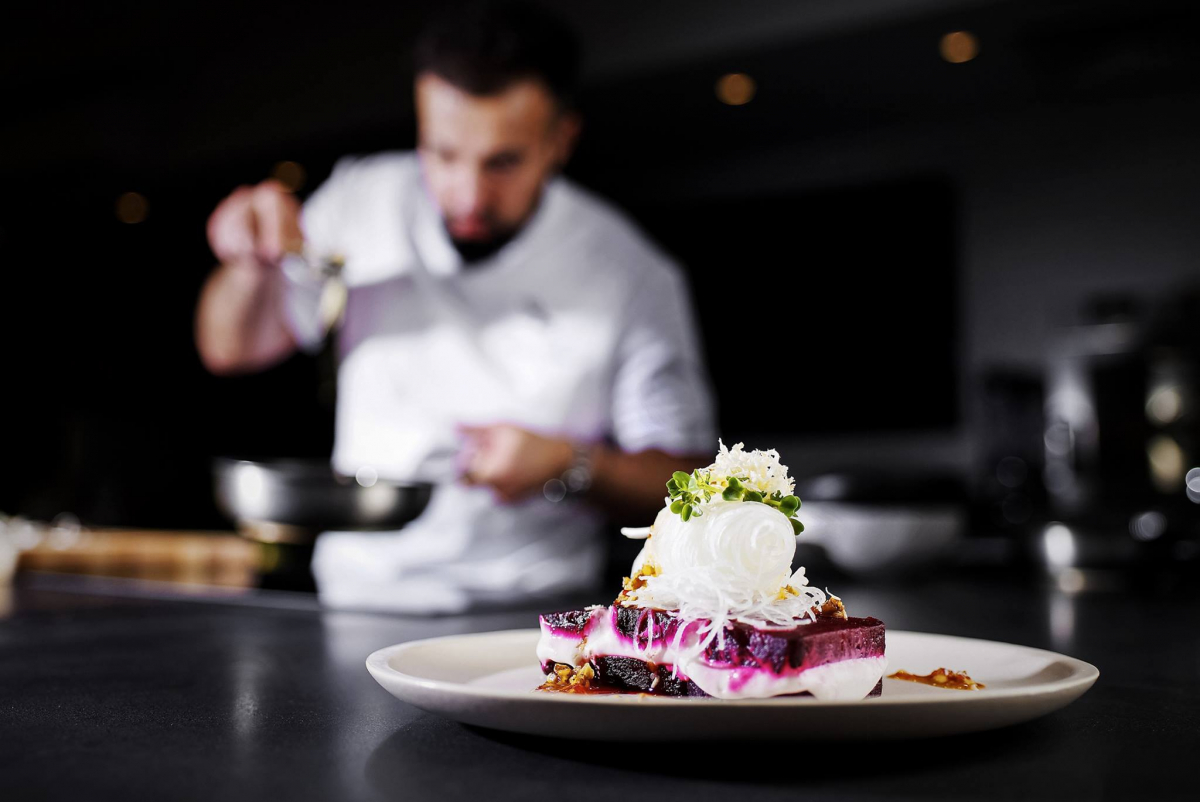
Those who have been there, report that the adventure was far from what it looks on TV; the kitchen must constantly keep the highest quality standards so the pressure within those foggy, hot and noisy walls is sky-high. Therefore, many teams acknowledge the presence of guests by the clatter of their kitchen, but do not try to whitewash the experience itself.
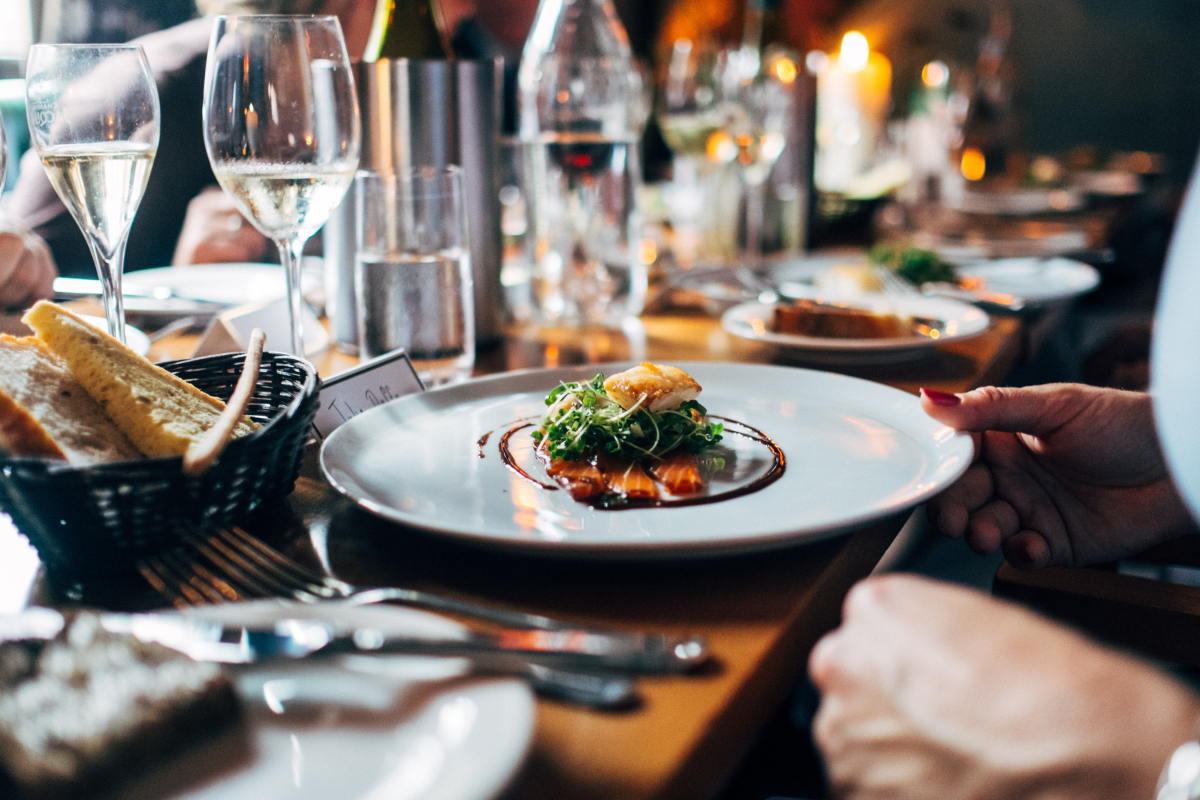
The menu offered at a Chef’s Table is often offbeat from that à-la-carte or the tasting menu. In fact, some chefs may choose to serve temporary or seasonal dishes that they have just come up with, thus using the tablemates as test subjects (in a good way).
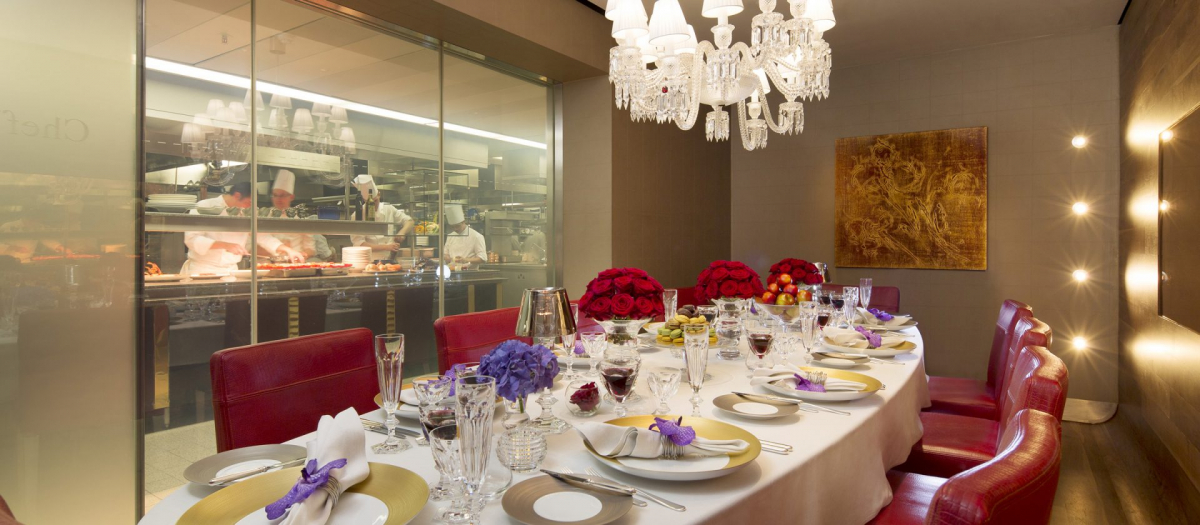
Different types of Chef’s Table have been conceived over time: The Krug Room, for instance, is more of a small restaurant hidden between the kitchen and the main dining room. It consists of a private dining area separated from the chef’s stage by a glass wall, where the guests can enjoy the life of a living kitchen from the comfort of their own, comfortable and quiet space.
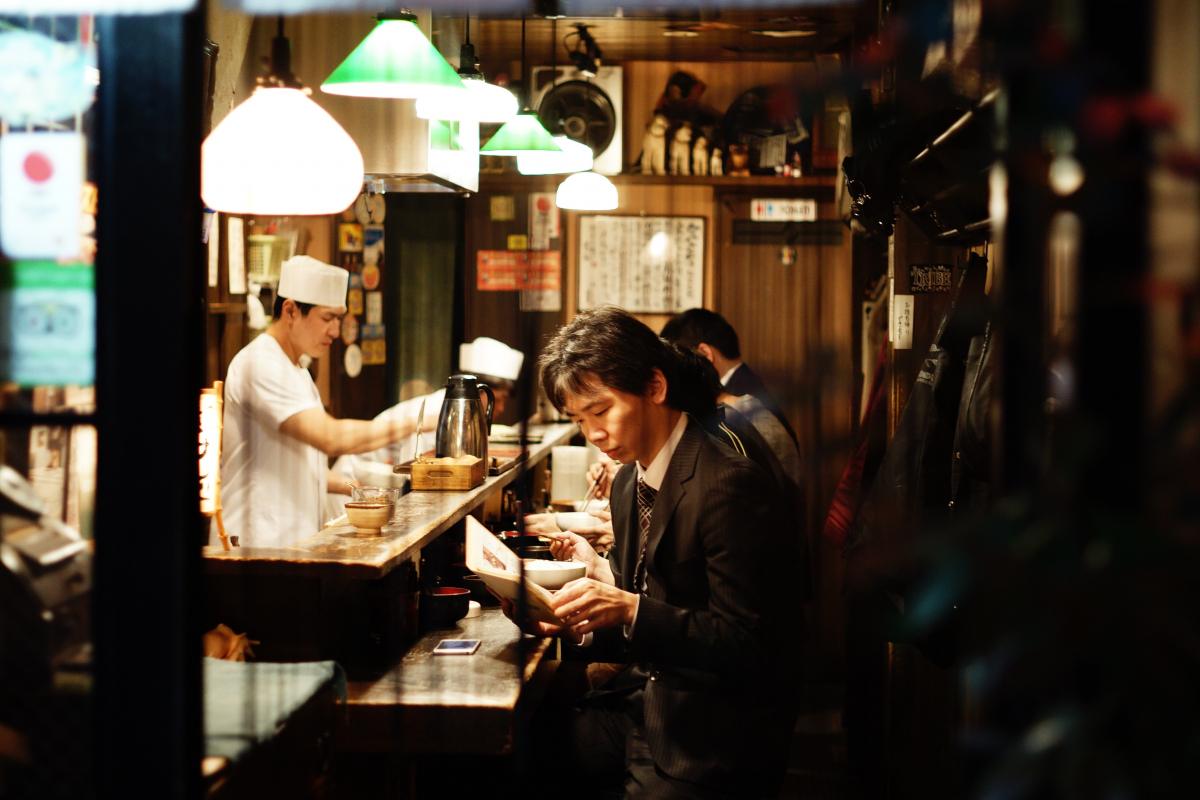
Other solutions see a long counter setup behind which the open-air kitchen is in full motion. Nowadays, many private-held restaurants have chosen this design to create a more engaging atmosphere within the venue. Those approachable counters also represent an affordable way to experience the cooking show.
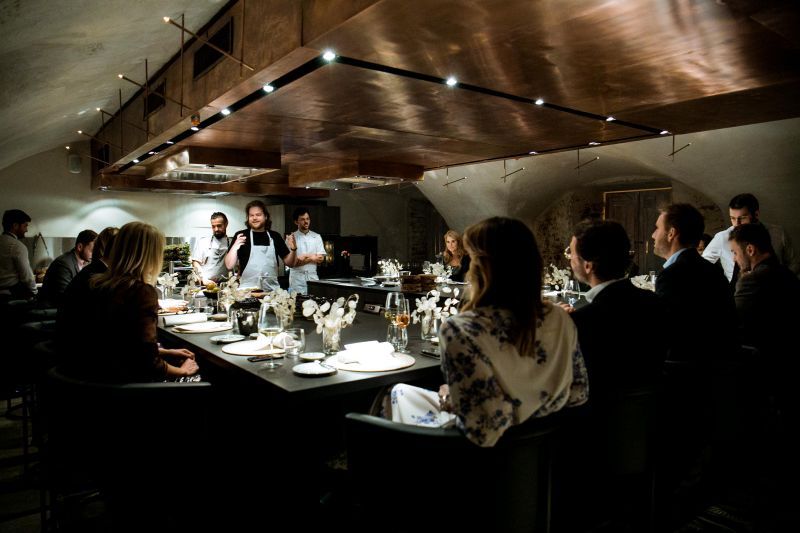
If well done, the Chef’s Table can be a clever move that helps to foster the team and the restaurant’s identity by triggering a buzz that turns into positive word-of-mouth, but if the team is not cohesive or lacks in management and organization, it can result in a gamble.
So, go ahead and book your seat at The Chef’s Table and don’t feel embarrassed to sit in the first row and staring speechless at the skillful moves of the kitchen team: it is an informal way to experience the making of awe-inspiring creations, exclusively.

